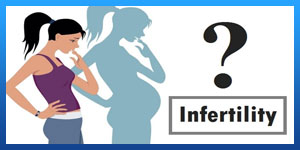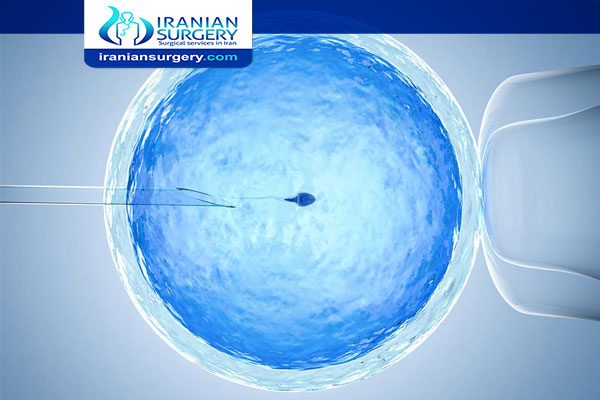Does assisted hatching increase chances pregnancy?
What happens after embryo transfer with assisted hatching?
the medical procedure called assisted hatching was used to assist the implantation process during IVF. The technique is performed three days post-fertilization, after the embryo has had a few days to develop.
Assisted hatching is done with a micromanipulation technique requiring the use of microscopic tools, robotic assistance, and a microscope to view the minuscule embryo. If you use IVF with assisted hatching, the embryo will be transferred into your uterus a day after hatching. To reduce the risk of complications, steroids and antibiotics may be administered, which can sometimes cause side effects.

Read more about : PGS in Iran.
Read more about : Ivf with donor eggs process in Iran
Read more about : Sperm Donation process in Iran
Read more about: Type of infertility treatment
Read more about: IVF in Iran
Read more about: PGD
Read more about: Assisted hatching ivf
What does assisted hatching mean in IVF?
Assisted hatching is an assisted reproductive technology that is sometimes used in conjunction with conventional IVF treatment. Assisted hatching is thought to possibly help with the embryo implantation and is more likely to be recommended when there has been repeated unexplained IVF failure or for patients with a poor prognosis.
Read more about: assisted hatching success
Does assisted hatching increase chances pregnancy?
Assisted hatching can improve the chances of implantation during IVF and is considered an option for patients who are able to achieve good fertilization and embryo cell development, but the zona pellucida is excessively thick and they do not conceive. Assisted hatching may help improve pregnancy chances in women who have failed to get pregnant in previous IVF cycles and those with a poor prognosis (who are not likely to conceive).
Read more about: Is assisted hatching necessary
What day is assisted hatching done?
Assisted hatching is typically performed on day three after fertilization. On the day of the embryo transfer, an embryologist carefully evaluates embryos for quality. Depending on their stage of development, an embryologist assists the hatching by making a small nick in the zona pellucida using a laser.
Lab specialists then rinse and incubate the embryos for a few more hours before the embryo transfer to the uterus. This procedure may occasionally increase the chance that an embryo will implant in the uterine wall and facilitate a successful pregnancy.
Fertility specialists do not recommend routine use of assisted hatching. But breaching the zona pellucida with a laser for the purpose of embryo biopsy and preimplantation genetic testing is now a standard of care and is considered very low risk when performed by a trained and experienced embryologist.
Read more about: assisted hatching and embryo glue
What are the Assisted Hatching Methods?
- Mechanical hatching: With this technique, the embryologist keeps the embryo steady with the help of a pipette, while using a micro-needle to puncture through the zona pellucida, go just underneath the shell for a bit, and then come out the other end. (Imagine drawing a very thin line just alongside the embryo.) Then, the area between the two punctures is gently rubbed until a small tear occurs. It's difficult to control the size of the opening with this method.
- Mechanical expansion of the shell: With this technique, the zona pellucida is not broken open. Instead, hydrostatic pressure is introduced just under the shell, to cause it to expand. The idea for this method comes from the natural expansion of the outer shell during the hatching process.
- Chemical hatching: This technique involves using a chemical known as Tyrode’s acid. Tiny amounts of acid are applied to the zona pellucida until the shell is breached. Then, the embryo is quickly cleaned to avoid unnecessary acid exposure.
- Drilling: With drilling, vibratory movements are used to create a conical opening. This technique uses something known as Piezo technology.
- Laser-assisted hatching: Using a specialized laser to breach the zona pellucida is another possibility. Laser-assisted hatching allows much more control of the size of the hole created, more so than mechanical hatching with a needle (as described above).
Read more about: frozen embryo transfer with laser assisted hatching
What happens after embryo transfer with assisted hatching?
Within a few days of hatching, the blastocyst implants itself into the endometrium. Without hatching, the blastocyst can’t implant itself into the uterine wall. This means pregnancy would fail to happen.
Read more about: iui vs ivf
Read more about: What size of ovarian cyst is dangerous?
Read more about: Virgin tightening surgery before and after



